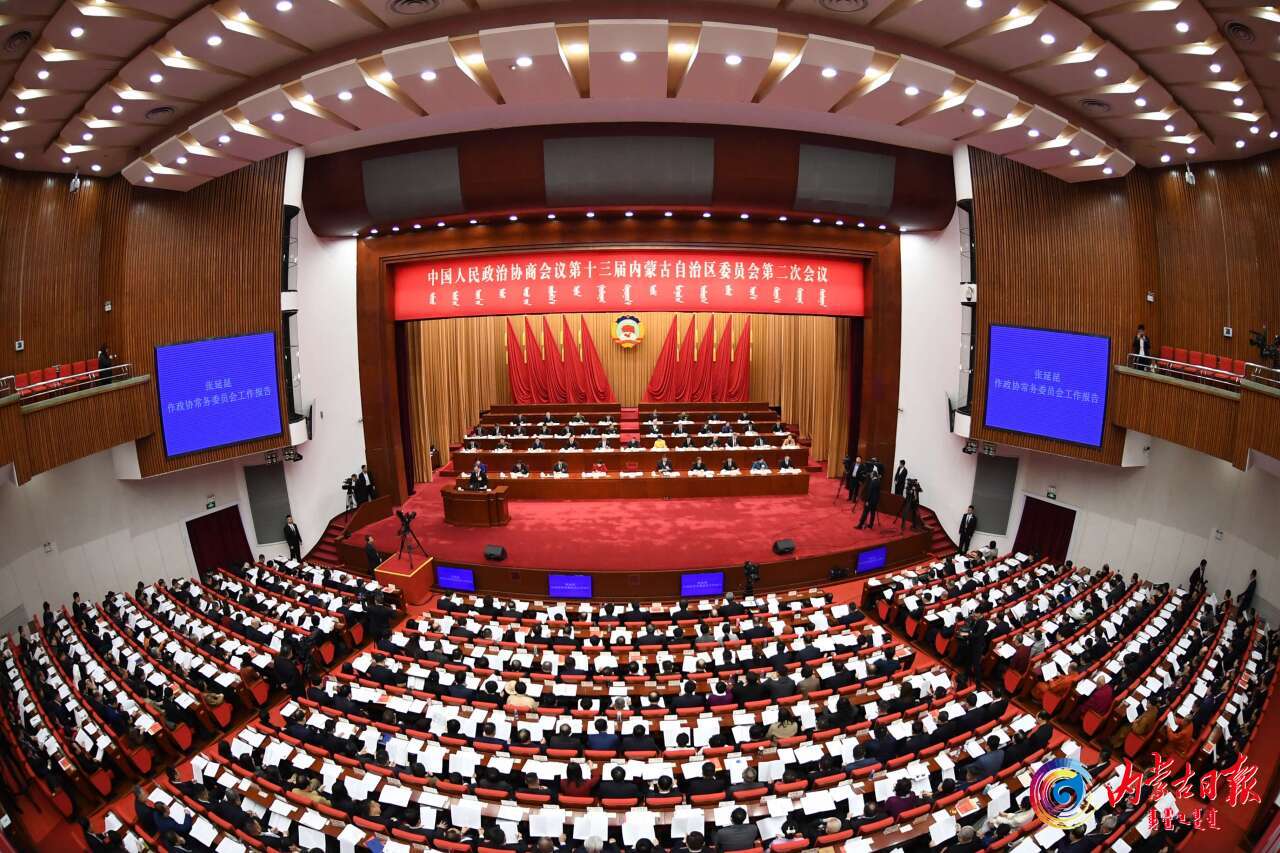Amid change, Genghis Khan remains most revered figure
After a 15-hour overnight journey from Beijing on an old-fashioned green train, a colleague and I arrived at a station in Dongsheng district of the city of Ordos on a weekday morning in early March. The air outside felt cooler than that in the Chinese capital, but not as cold as I had expected Inner Mongolia to be at that time of the year.
I had gone prepared to encounter winter in China's far north but, as locals in rural Ordos informed us later, this year the season's weather wasn't fierce at all, despite its reputation. However, during our travels through the Otog Front Banner, which is in the autonomous region's southwest, we encountered sharp gusts of wind on the grasslands.
On our way to the banner - a four-hour road trip from Dongsheng - I spotted some houses, mostly painted white, as well as Mongolian grave sites in the villages. Large swaths along the expressway appeared uninhabited. Later, in the banner's main town where we spent a night, I realized how empty the streets were.
I hadn't seen so few people anywhere in China before, and the region's vastness seemed to emphasize its emptiness.
Dongsheng, the urban center of Ordos, has been replaced in real estate and public activity by Kangbashi in recent years. Even so, the prefecture-level city appeared less occupied. Its residents didn't have to worry about traffic jams during the day. Rows and rows of buildings stayed dark at night.
The countryside landscape by the highway is lined with electricity pylons, beneath which plenty of sheep were seen grazing, while cows and horses didn't appear as frequently during our visit of several days. Horse racing is a popular sport in Inner Mongolia but used mostly for tourism these days, as is the yurt, the traditional Mongolian house.
The grasslands are barren in winter, but some year-round shrubs that pop out of red sand dunes breathe life into the area's semiarid climate.
The Otog Front Banner is covered by 1.06 million hectares of grassland.
The banner has a relatively lower percentage of people living below the poverty line compared with some other parts of China. An advantage is that its total population of 78,000 live in a resource-rich region spread over 1.22 million hectares.
I didn't notice many vehicles on the highway other than trucks carrying coal. Inner Mongolia is among the world's largest coal-producing regions.
Described as the "wolf economy," the region, according to economists, has competed in prosperity with the southern Guangdong province over the years.
The modernization of livestock production and agriculture in Ordos aside, the lifestyles of the once nomadic groups in the ethnic Mongolian community have changed to the extent that local officials were unable to provide numbers of even seminomadic people present in the area. They said some such groups might live in the region's northeast.
But amid all the changes, Genghis Khan, the founder of the Mongol Empire, has remained the community's most revered figure. His portrait adorns the walls of houses in rural Ordos. The city has a memorial hall dedicated to the "great unifier" of the steppe. Historical accounts say his remains have never been found. Excavations at possible burial sites in Mongolia, the country, have been halted in the past.
(China Daily European Weekly 03/30/2018 page16)



 Print
Print Mail
Mail





